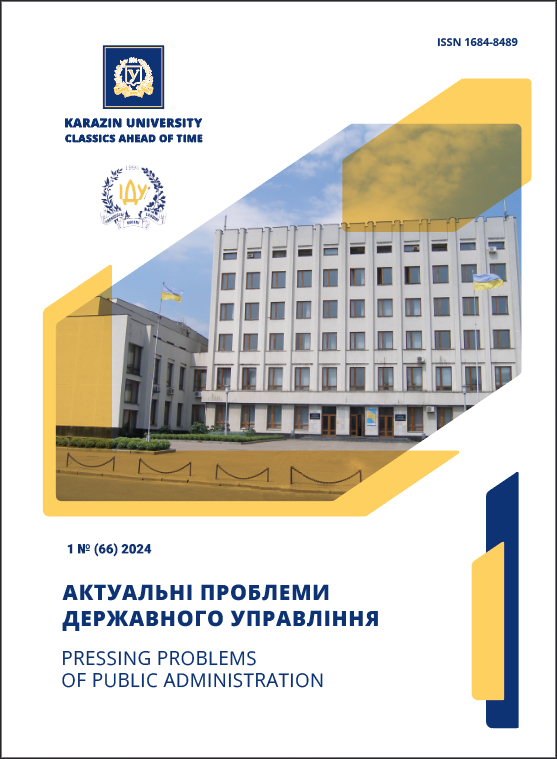Public management of the sphere of circulation of medicinal products through the prism of the methodology for implementing PIC/S standards
Abstract
This article provides a theoretical and methodological substantiation of contemporary approaches to public governance in the pharmaceutical sector through an analysis of the implementation processes of PIC/S international standards into national regulatory practice. The conceptual evolution of approaches to PIC/S standards implementation is analyzed in the context of regulatory paradigm transformation from a command-and-control model to smart regulation. Key principles of international standards implementation are identified, including systemic approach, adaptability, proportionality, inclusiveness, transparency, evidence-based decision-making, innovation, and sustainability. The paper proposes a conceptual model for PIC/S standards implementation that integrates five interconnected components: strategic planning, institutional capacity building, legal-regulatory harmonization, procedural standardization, and information-technological integration. Factors influencing the effectiveness of implementation processes are identified and systematized, and a complex of practical recommendations for their optimization is developed. Based on the analysis of international experience, the research substantiates that the effectiveness of PIC/S standards implementation is determined by a complex of interrelated factors, with key elements being: political will and strategic vision, institutional capacity of regulatory authorities, quality of the legal-regulatory framework, change management system, technological capability, personnel competence, and international cooperation. The importance of a systems approach to developing these factors is demonstrated, emphasizing not their isolated improvement but the construction of an integrated regulatory ecosystem. The research establishes that optimizing PIC/S standards implementation processes requires developing a comprehensive strategy with priority directions: institutional capacity building, legal-regulatory framework harmonization, human capital development, digital transformation, and enhancement of international cooperation.
Downloads
References
APEC–OECD Co-operative Initiative on Regulatory Reform. (2005). APEC–OECD integrated checklist on regulatory reform. Organisation for Economic Co-operation and Development. DOI: https://doi.org/10.1787/9789264051652-en
Australian Government. (2007). Best practice regulation handbook. Commonwealth of Australia.
Brown, A.C., Stern, J., Tenenbaum, B., & Gencer, D. (2006). Handbook for Evaluating Infrastructure Regulatory Systems. The World Bank. DOI: https://doi.org/10.1596/978-0-8213-6579-3
Dunayev, I.V., & Basiuk, O.P. (2024). Ensuring the stability of the revenue side of state budget under post-war emergency conditions: Ukrainian experience for the world. Державне будівництво, 2(36). DOI: https://doi.org/10.26565/1992-2337-2024-2-23
Treasury Board of Canada Secretariat. (2007). Guidelines on International Regulatory Obligations and Cooperation.
OECD. (2013). International Regulatory Co-operation: Addressing Global Challenges. OECD Publishing. DOI: https://doi.org/10.1787/9789264200463-en
OECD. (2012). Recommendation of the Council on Regulatory Policy and Governance. OECD Publishing. DOI: https://doi.org/10.1787/9789264209022-en
US Food and Drug Administration, Center for Biologics Evaluation and Research. (2015). Regulatory harmonization and convergence. URL: https://www.fda.gov/vaccines-blood-biologics/international-activities/regulatory-harmonization-and-convergence
World Health Organization. (2020). WHO COVID-19: case definitions: updated in public health surveillance for COVID-19. URL: https://iris.who.int/handle/10665/337834
Copyright (c) 2025 Pressing Problems of Public Administration

This work is licensed under a Creative Commons Attribution 4.0 International License.

